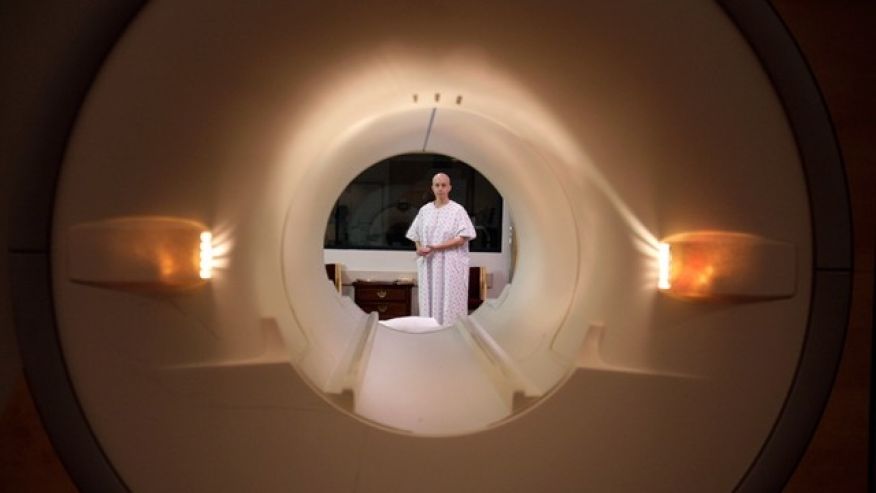
Families may be more satisfied with end-of-life care for loved ones dying of cancer when treatment is focused on comfort rather than aggressive treatment and provided outside of a hospital, a U.S. study suggests.
When patients received at least three days of hospice care focused on comfort and quality of life, 59 percent of their loved ones thought their treatment was excellent, compared with just 43 percent when patients received little or no hospice care, the study found.
At the same time, family members of cancer patients admitted to an intensive care unit (ICU) in the last month of life reported excellent care just 45 percent of the time, compared with 52 percent when patients didn’t receive this type of aggressive treatment.
“Interventions should focus more on increasing early hospice enrollment and decreasing ICU admissions and hospital deaths,” said lead study author Dr. Alexi Wright of Harvard Medical School and Dana-Farber Cancer Institute in Boston.
“The best way to do this is to encourage patients, physicians and family members to talk about their end-of-life wishes,” Wright added by email.
Many patients with advanced cancer receive aggressive medical care during their dying days even though growing evidence suggests that high-intensity treatments may not be associated with better quality of life or outcomes for patients, or an easier bereavement for the loved ones they leave behind, Wright and colleagues report in JAMA.
For the current study, researchers interviewed family members and close friends of 1,146 patients aged 65 and older who died of lung or colorectal cancers.
In most patients, the cancer had spread beyond the original location to other tissue and organs.
Overall, 51 percent of relatives and friends rated their loved ones’ end-of-life care as excellent, and another 29 percent said the quality of care was very good.
When patients had received at least three days of hospice care, most family members – 73 percent – said their loved ones had died where they wanted to. But when patients got little or no hospice care, only 40 percent of participants said the death happened in the location of the patient’s choice.
When patients died in the hospital, just 42 percent of their loved ones reported excellent care, compared with 57 percent when patients didn’t die in a hospital.
It’s possible that hospitalized patients didn’t get good pain or symptom management or emotional and spiritual support, said Dr. David Casarett, director of palliative care for Penn Medicine in Philadelphia.
“Hospice is very good at providing that sort of support and is designed to help people remain in their homes,” Casarett, who wasn’t involved in the study, said by email.
It’s also possible that families with loved ones in the ICU didn’t have a chance to come to terms with the patient’s death, and were more surprised by the course that events took, Casarett added.
The findings underscore the importance of having family discussions about wishes for end-of-life care and communicating clearly with healthcare providers about these preferences, Casarett said.
If hospice is preferable to more aggressive treatment, it’s crucial to communicate that as early as possible.
Source: fox news




